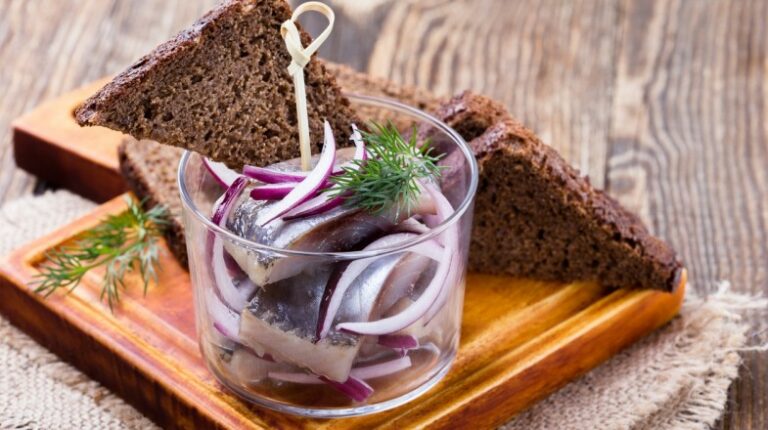Introduction: Icelandic Sagas and Cuisine
Icelandic sagas are a collection of medieval literary works that chronicle the history and culture of Iceland during the Viking Age. These sagas have had a significant cultural influence on Iceland, including its culinary traditions. As Iceland was a remote island with limited access to imported foods, the Icelandic people had to rely on the resources available in their local environment, which included fish, lamb, dairy products, and wild berries.
Saga Foods: What Did Vikings Eat?
The Icelandic sagas provide insight into the diet of Vikings and the foods they consumed. According to the sagas, the Vikings primarily relied on meat, particularly lamb and fish, as their main source of protein. They also consumed dairy products such as cheese, milk, and skyr, a type of yogurt made from skimmed milk. Wild berries and other edible plants found in Iceland’s rugged terrain were also a part of their diet.
Icelandic Cuisine Today: Traditional Ingredients
Icelandic cuisine has evolved over time, but it still incorporates many of the traditional ingredients and techniques from the sagas. Lamb is still a staple meat in Icelandic cuisine, and it is often served with potatoes and vegetables. Fish, particularly cod and haddock, is also a popular ingredient in many Icelandic dishes. Skyr, which has become increasingly popular around the world, is still a part of Icelandic cuisine and is often served with berries or used as a topping for pancakes.
Food Preparation Techniques from the Sagas
The sagas also provide insight into the food preparation techniques used by the Vikings. They would often smoke and dry their meat and fish to preserve it for long periods. This technique can still be seen today in dishes such as smoked lamb and cured fish. The Vikings also used a traditional cooking method called “hangikjöt,” which involves smoking meat over birch wood. This technique is still used today to prepare a popular Icelandic dish called “hangikjöt.”
Icelandic Cuisine and Modern Nordic Influences
Icelandic cuisine has also been influenced by modern Nordic cuisine, which emphasizes the use of fresh, locally sourced ingredients and simple, clean flavors. This influence can be seen in dishes such as salmon with dill and potatoes, which highlights the natural flavors of the fish and herbs. Additionally, Icelandic chefs have begun incorporating global cuisine into their menus, with options such as sushi and Thai-inspired dishes.
Conclusion: Tracing Icelandic Food Heritage
In conclusion, the Icelandic sagas have had a significant influence on Icelandic cuisine, particularly in terms of the traditional ingredients and food preparation techniques used. Despite modern influences, Icelandic cuisine has managed to retain its unique identity and heritage, which can be traced back to the Viking Age. Today, Icelandic cuisine is a blend of traditional and modern flavors, making it a unique and exciting culinary experience.

